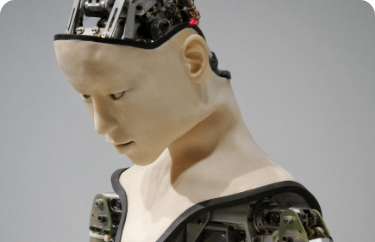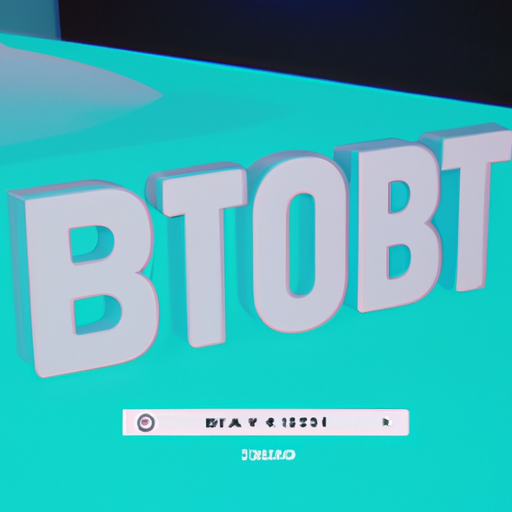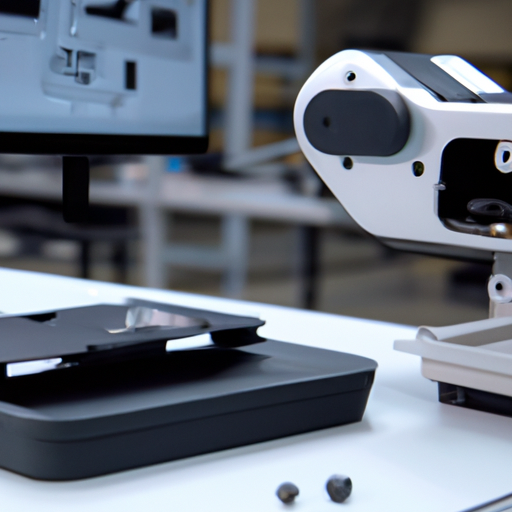Enhancing HR Processes with OCR Technology
- michael
- May 11, 2023
Human Resources (HR) departments have always played a crucial role in managing the workforce of an organization. They are responsible for a wide range of tasks such as recruitment, onboarding, payroll, employee relations, and compliance. With the advent of technological advancements, HR departments have been consistently adopting tools and methods to streamline their processes and improve efficiency. One such innovation is Optical Character Recognition (OCR) technology. OCR is a process that extracts text from images, scanned documents, or handwritten texts and converts it into machine-readable and editable formats.
In this essay, we will explore how OCR technology is revolutionizing the HR domain by increasing accuracy, efficiency, and productivity, delving into the various ways it can be implemented in different aspects of HR management.
1. Recruitment and Onboarding
One of the most time-consuming aspects of the HR process is sifting through stacks of resumes and applications to identify potential candidates. OCR technology can significantly speed up this process by scanning and extracting relevant information from each document, such as the candidate’s name, contact details, skills, and employment history. This extracted data can then be organized into a structured format, making it easier for HR professionals to review and analyze.
In addition to analyzing resumes, OCR technology can be used to extract data from other recruitment materials, such as job advertisements and candidate assessments. By automating this process, HR professionals can focus on more strategic tasks, like building relationships with candidates and refining the organization’s talent acquisition strategy. OCR can also be instrumental during the onboarding process. New employees often need to submit various documents, such as identification, academic records, or proof of previous employment. With OCR, these documents can be scanned, and the information extracted and stored in the employee’s digital profile. This automation not only saves time and resources but also reduces the risk of errors and misplaced documents.
2. Payroll and Time Management
Payroll management is a critical aspect of HR, and it requires utmost accuracy to ensure compliance with labor laws and tax regulations. OCR technology can be used to accurately scan and record data from timesheets, invoices, and other financial documents. By reducing the need for manual data entry, OCR technology minimizes the chances of errors and ensures that employees are paid accurately and on time.
Moreover, OCR can also be used to monitor employee time and attendance by scanning and recognizing data from various sources, such as physical time cards, digital logs, or emails. By automating this process, HR professionals can save valuable time and resources and focus on other essential tasks, such as analyzing employee performance and managing leaves and absences.
3. Compliance and Record-Keeping
HR departments are often responsible for ensuring compliance with various regulations, such as labor laws, tax requirements, and data protection. Proper record-keeping is essential for compliance, and OCR technology can significantly enhance this process. By digitizing documents and storing them in a central, searchable database, HR departments can easily retrieve information when needed, ensuring timely and accurate reporting.
Furthermore, OCR technology can help HR departments stay updated on regulatory changes by scanning and analyzing relevant documents, such as government publications and industry newsletters. This capability enables HR professionals to quickly identify and implement necessary adjustments to remain compliant. Additionally, OCR can be used to create and maintain digital archives of historical records, ensuring that valuable information is preserved and accessible for future reference
4. Employee Training and Development
OCR technology can also be applied to employee training and development. By scanning and converting training materials into a digital format, employees can access them at their convenience, whether on a computer, tablet, or smartphone. This flexibility promotes a culture of continuous learning and development, fostering a more skilled and motivated
workforce.
In addition to making training materials more accessible, OCR technology can also be used to streamline the tracking and assessment of employee training progress. By scanning and extracting data from completed tests, quizzes, and other assessment tools, HR professionals can easily evaluate employee performance and identify areas for improvement. This data-driven approach to employee development can help organizations tailor their training programs to meet the specific needs of their workforce, ultimately improving overall productivity and employee satisfaction
5. Employee Engagement and Communication
Effective communication is vital for creating a positive work environment and maintaining strong employee engagement. OCR technology can assist HR departments in facilitating more efficient communication by extracting and organizing information from various sources, such as employee surveys, feedback forms, and suggestion boxes. By automating the collection and analysis of this data, HR professionals can gain valuable insights into employee sentiment and develop targeted strategies to address concerns or capitalize on
opportunities for improvement.
Additionally, OCR can be used to translate and transcribe multilingual documents, ensuring that all employees have access to essential information, regardless of their language proficiency. This inclusive approach to communication fosters a more diverse and connected workforce, which can drive innovation and enhance organizational performance
Conclusion
OCR technology is revolutionizing the HR landscape by automating various processes and enhancing efficiency, accuracy, and productivity across multiple aspects of human resources management. By incorporating OCR into their workflows, HR departments can save valuable time and resources, reduce errors, ensure compliance with regulatory
requirements, and promote a culture of continuous learning and development.
As organizations continue to embrace digital transformation, the adoption of OCR technology and other innovations will become increasingly important to maintain a competitive edge in the ever-evolving world of work. By harnessing the power of OCR,
HR professionals can stay at the forefront of industry trends, drive organizational success, and create a more engaged and motivated workforce

Robotic Process Automation
Blog Categories
Feel free to get in touch with our experts.
Other articles
Emerging Chatbot Trends: AI Technology, NLP, Sentiment Analysis & Multi-Language Support for Customer Support
Enhancing healthcare through intelligent conversation. Enhancing Mental Health Support and...
Read MoreHow to Get Started with AI and RPA
Introduction to AI and RPA: A Beginner’s Guide Artificial Intelligence...
Read MoreAI and RPA for Customer Service
The Impact of AI and RPA on Customer Service: Enhancing...
Read More


